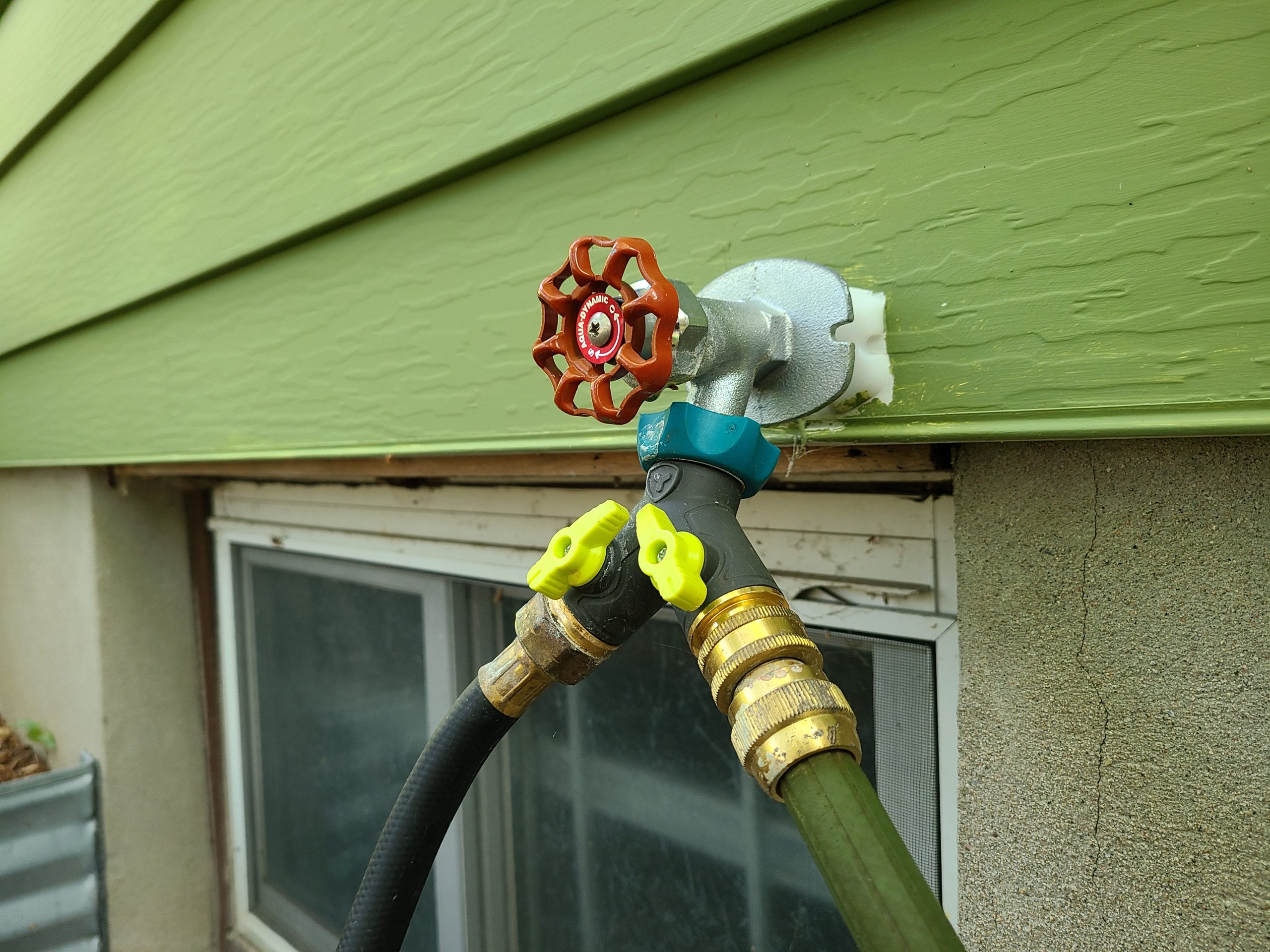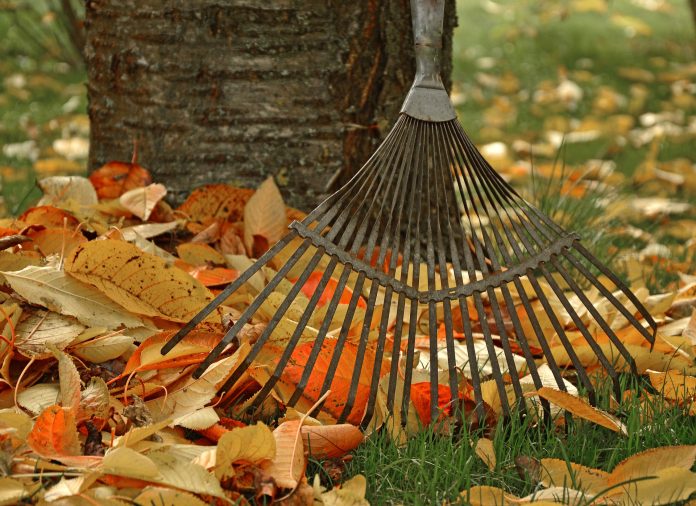Here are 10 key chores to do before winter
By Patrick Langston, All Things Home
Love it or hate it, winter is around the corner and that means it’s time to tackle your fall maintenance checklist. Home maintenance helps keep the spaces you love operating smoothly and safely while controlling repair costs by catching problems before they escalate. Here’s our list of must-dos before the snow and cold settle in (bonus: one of them lessens your workload!)
1. Roof inspection
Climate change is producing more intense weather, including heavy rainfalls, strong winds and icier winters. That’s why a semi-annual roof inspection is essential. Use a pair of binoculars to spot cracked or missing shingles, damaged flashing and defective vents and caulking. If you have any concerns, call in a reputable roofer for a closer look and possible repairs.
2. Fire safety
For the safety of your family, test smoke and carbon monoxide detectors every month. If your detectors are battery powered, replace the batteries twice a year (an easy time to remember is when the clocks change in the spring and fall). In Ontario, you have to have working smoke alarms on every storey of your home and outside all sleeping areas. For extra protection, install an alarm in every bedroom. You also have to have a carbon monoxide detector adjacent to sleeping areas if you have a fuel-burning appliance like a gas stove or furnace, fireplace or attached garage. Smoke detectors should be replaced about every 10 years and carbon monoxide detectors every five to seven years (check the expiry dates on the back of your alarms).
3. Exterior faucets
Now is the time to drain your outside faucets to prevent freezing and potential damage from burst pipes. Once the pipe is fully drained and you’ve shut the valve inside, leave the faucet open all winter. If you have a sprinkler system, you need to winterize it as well, using your owner’s manual. And don’t forget to drain your garden hoses and store them in your garage or other inside space.

4. Yard cleanup
Birds, insects and other critters need something to eat and somewhere to shelter over the winter. Instead of gathering up all your fallen leaves, dead flowers and even twigs, let some of them remain — chickadees, pollinators, and others will appreciate the food and protection from winter’s icy blasts. When spring arrives, delay your cleanup so our fellow creatures have something to eat and insects can emerge at their own pace from winter dormancy.
5. Tree safety
Strong winds this summer took a toll on some our trees, but the damage may not be immediately visible. As the leaves tumble, check your trees: Are there cracked limbs that could come down under a snow or ice load? Have branches grown dangerously close to your roof, windows or outdoor structures? Do your trees need a pruning to keep them attractive and growing vigorously in the coming years? When contacting a tree service or any contractor, don’t forget to ask for references, proof of insurance and a signed estimate.
6. Gutter cleaning
When gutters are plugged with leaves and other debris, they can’t carry water away from your home properly. The gutters then overflow, potentially damaging fascia and even seeping into your foundation. Cleaning gutters usually means ladder work or using DIY cleaning equipment, so if you feel unsafe perched in the air or just don’t want the hassle, call in an experienced pro.
7. Window wells
Leaves and other materials can prevent window wells from draining, with a flooded basement the messy result. Scoop out the debris and make sure the gravel in the well is about six inches below the window sill so the water can drain. Plastic window well covers, around $40 at building materials stores, help protect against flooding as does grading that slopes away from your home.
8. Furnace & HRVs
Have you had your annual furnace cleaning and inspection yet? Doing so will help ensure your heating equipment is safe, efficient and won’t break down on a frigid winter night. You also need to maintain your heat recovery ventilator (HRV) — it brings warmed fresh air into your home — including a new filter every two months or so.
9. Caulking and sealing
Well-caulked windows and doors help prevent damaging moisture from seeping into your home while keeping drafts at bay. Caulking is a fairly easy DIY task when you know how to do it. Also check the caulking around the dryer and other vents, exterior electrical outlets and anywhere else moisture and cold air can penetrate your home. And don’t forget to inspect door sweeps and other weather stripping. Like caulking equipment, you’ll find replacement sweeps and stripping at hardware and building material stores.
10. Gas barbecue
To discourage mice and mould from invading your barbecue, clean it thoroughly by burning and scraping off food residue, wiping down the outside and emptying the grease pan. A thin coating of cooking oil will protect your grills and other metal parts against rust while wrapping the burners in a plastic bag stops spider invasions. Most barbecues can be stored outside with a proper cover or in your garage. Never store propane tanks inside.
For more information on these and other fall maintenance tasks, visit AllThingsHome.ca.
Patrick Langston is a long-time journalist and co-founder of AllThingsHome.ca, Ottawa’s trusted resource for home buyers and homeowners.

